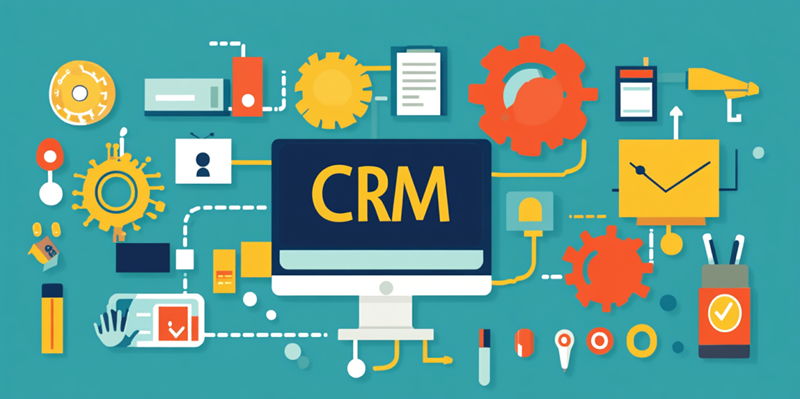As businesses navigate the changing landscape of hybrid working, it has become clear that traditional office environments may no longer be the sole norm. The pandemic has accelerated a shift towards more flexible work models, where employees can split their time between working remotely and being in the office. The growing preference for this blend of work environments is driven by the desire for a better work-life balance, improved productivity, and increased job satisfaction. To successfully transition to this new paradigm, companies must embrace technological solutions that support and enhance hybrid workflows. A key component in this technological toolkit is the Customer Relationship Management (CRM) system, which plays a crucial role in maintaining efficiency, communication, and collaboration.
CRM systems facilitate seamless interaction between team members, whether they are working from home or the office. By enabling access to shared resources, real-time updates, and synchronized schedules, CRM platforms ensure that all team members remain connected and informed. This is particularly important for dispersed teams, where the lack of physical proximity can sometimes hinder effective communication and coordination. Investing in robust CRM solutions allows businesses to overcome these challenges and maintain high levels of productivity and customer engagement. Employees can easily access client information, track project progress, and collaborate on tasks, leading to smoother operations and cohesive teamwork.
Moreover, the normalization of hybrid working models across various industries indicates a broader acceptance of flexible work arrangements. This shift requires organizations to continuously innovate and improve their digital infrastructure to stay competitive. Leveraging CRM systems is a strategic move that helps companies optimize their processes, making the most out of the hybrid work model. Effective CRM implementation goes beyond mere adoption; it involves aligning the system with the specific needs and workflows of the business. This approach ensures that both remote and on-site employees can perform their duties efficiently and without disruption.
The longevity of hybrid working models hinges on how well businesses can integrate these new workflows into their existing operations. Companies must consider the varied needs of their workforce, recognizing that flexibility is key to employee satisfaction and retention. The use of advanced CRM systems supports this flexibility by providing a unified platform for managing customer relationships, streamlining operations, and fostering collaboration. As organizations continue to adapt to hybrid working, the strategic deployment of CRM tools will be essential in achieving sustained success and growth. Therefore, companies must prioritize the development and integration of digital solutions that accommodate the evolving nature of work in the modern world.

